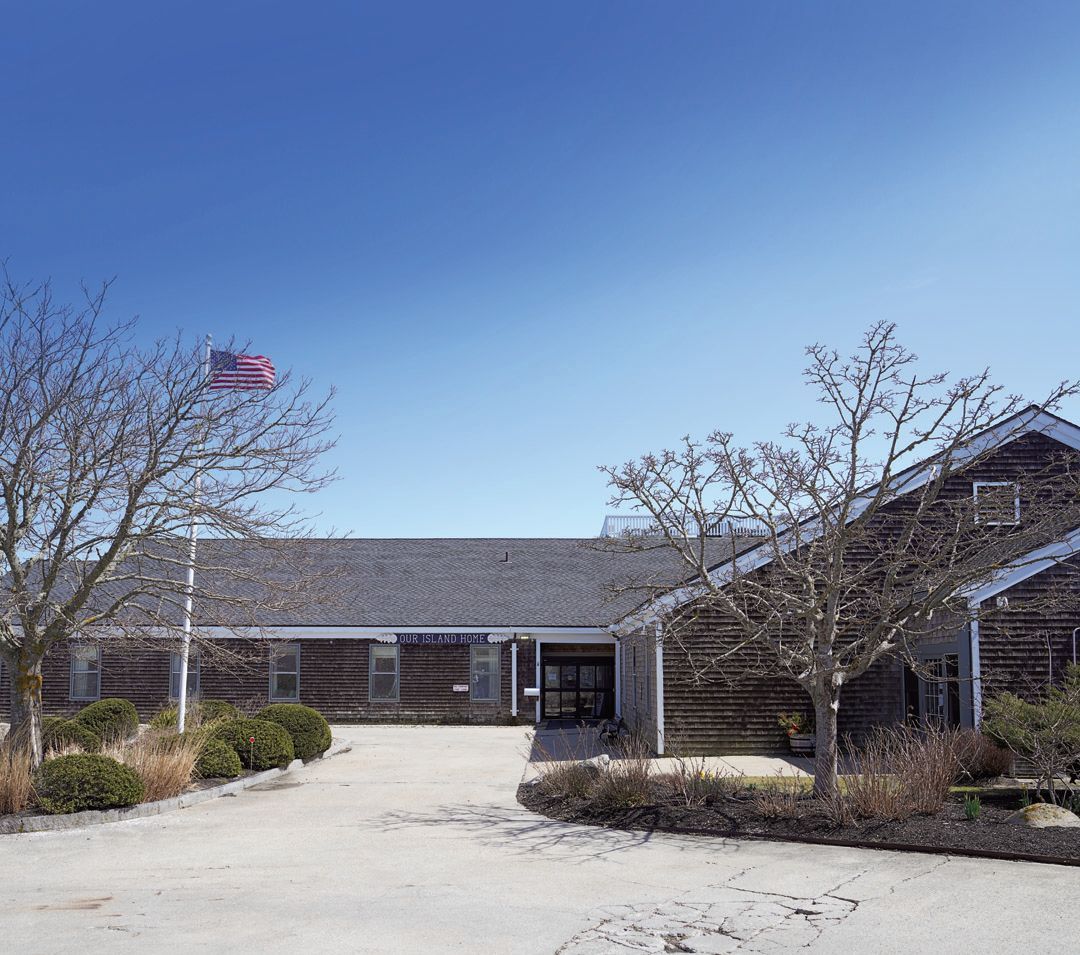Clear Thinking
Written by Larry Lindner
Photography by Kit Noble
Guardians of the island's ponds are winning the battle against the growing problem of toxic algal bloom.

If you happen by Hummock Pond on July 16, you’ll see thousands of dollars worth of chemicals being unloaded into the water. Payment for the drop-off comes courtesy of the Nantucket Conservation Foundation, the Nantucket Pond Coalition, and abutters of the pond, the largest on the island after Sesachacha. The chemicals are PAC, short for polyaluminum chloride, and they inactivate the mineral phosphorus—a nutrient in the pond that, if left unchecked, allows for the growth of blue-green algae, which is toxic to both people and pets and can create a harmful environment for fish and other wildlife.
People making recreational use of water that has harmful algal blooms—swimming or coming into contact with the water when getting in or out of a boat—can end up with skin or eye irritation. Inhaling a spray of contaminated water can cause asthma-like symptoms, and more sustained contact can cause severe neurological problems.
Hard figures for incidents of algal bloom poisoning on Nantucket are lacking, but in 2021, the latest year for which figures are available, the Centers for Disease Control and Prevention said there were more than 100 reports of people across the country becoming sick from exposure and more than 2,700 incidents of animal illness. The Bureau of Climate and Environmental Health reports almost 2,500 incidents of animal death. Of course, all of these numbers represent only information shared, not illness and deaths that went undocumented. A dog can get sick and even die just licking its own fur after algal bloom contact.
That’s why it’s so important to bind up the phosphorus in the water with PAC. Phosphorus provides “a feeding frenzy for algal systems,” according to the Town’s water quality specialist, Emma Morgan. It reaches the pond largely via runoff from fertilizer and septic systems, meaning its overabundance in the island’s waters is a new problem, geologically speaking. Nantucket’s 80-plus ponds, representing about 5 percent of the island, are 6,000 years old, and the island has been populated by people of European descent for 400 years—but only within the last 100 did the degradation of the island’s ponds really begin, says Bob Williams, founder and president of the Nantucket Pond Coalition. “The Wampanoag didn’t have septic,” he says. “They didn’t have 100,000 people in the summer.”
While the Town can’t close the ponds, those frequenting a pond at which algal blooms have been confirmed will notice newly installed signs warning people to stay out of the water and to not let their pets step into it or drink it.

Hummock Pond is not Nantucket’s first body of water to be treated for algal blooms with PAC, an inert substance that is considered safe for the environment and is used even in the treatment of drinking water. It was applied in April of last year to both Gibbs and Capaum ponds, says Karen Beattie, director of Science and Stewardship at the Nantucket Conservation Foundation. “Both have a pretty long history of harmful algal blooms, some of the worst on the island,” she reports. But because of limitations on how much PAC can fit in a tanker truck that comes over to the island by ferry, only Gibbs Pond was able to receive a full dose, with the rest going to Capaum. The upshot, according to Beattie: “Gibbs Pond did great. I won’t say that there were no harmful algae blooms, but compared to years past we definitely saw a reduction.”
On Capaum Pond, Beattie relates, levels declined pretty readily but then went back up again in the middle of the summer—likely due to not receiving a full dose. This year, she says, Capaum Pond gets a full dose of PAC, with the rest going to Gibbs. “It’s very promising-looking,” she says, but adds, “we’re very much in the infancy of discovering how effective this is.”
Emily Molden, executive director of the Nantucket Land & Water Council, says that with the dose being applied to Hummock this summer, “we’re hoping we can bind up enough phosphorus to prevent harmful algal blooms for one to two years at a minimum.” It’s not that PAC ever loses its potency. Once phosphorus binds to the chemical, it can never get loose again to feed more algae. “But what happens over time,” Molden explains, “is more phosphorus that’s deeper down in the sediment will slowly move up and be released into the water column again.”
The Land & Water Council will be monitoring the process. It’s not just about tracking the pond’s phosphorus. The organization will also be measuring certain pond health indicators, like the pH of the water, to make sure it doesn’t change during treatment with PAC. If the pH is thrown off, the water becomes harmful to fish and other wildlife.







